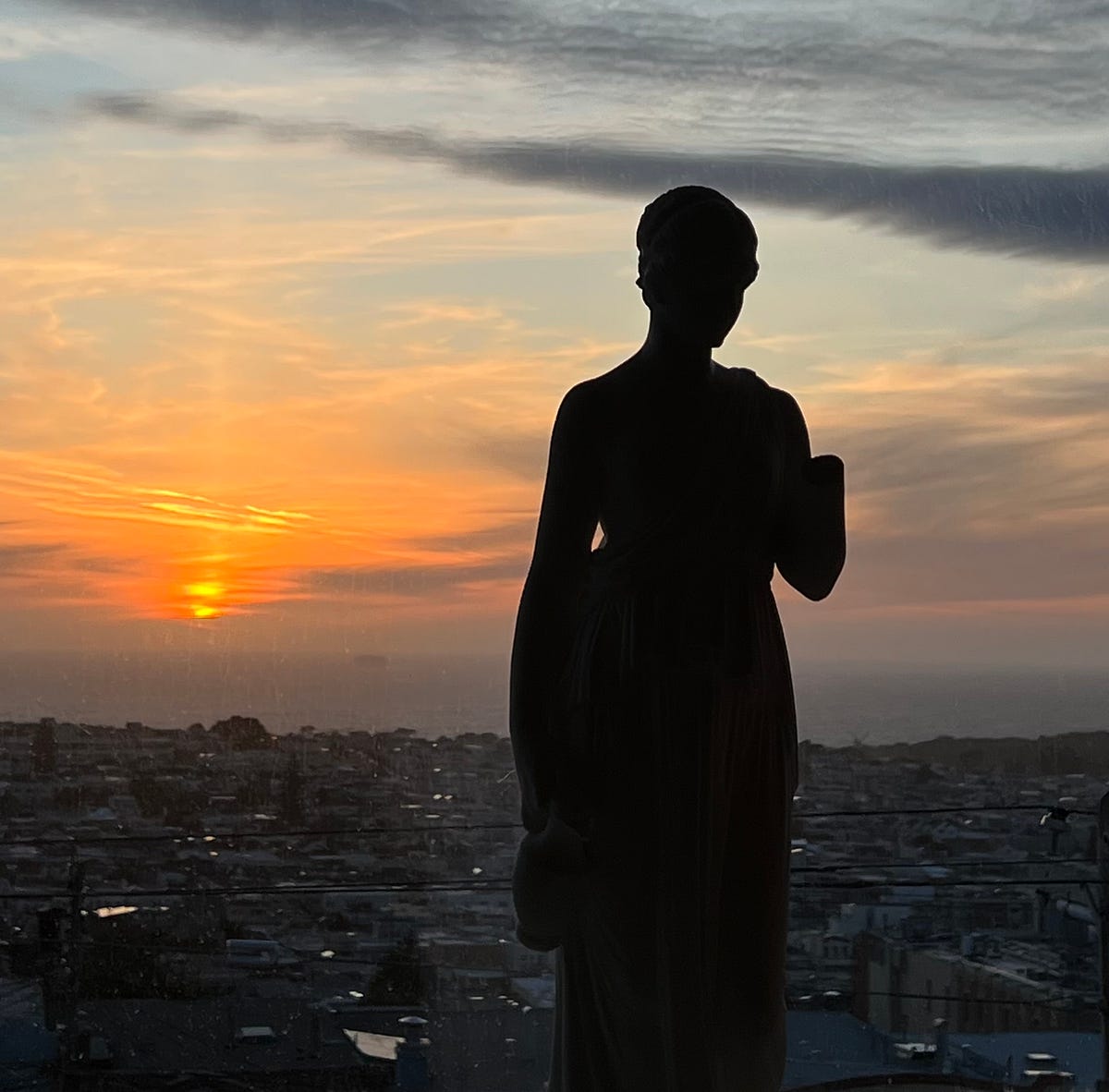A sundry list of curiosities, fascinating facts, and miscellany from the world before the Christian Era
Corvus: In the third century BCE, Rome was locked in a furious competition with Carthage — located in what is now modern Tunisia — for control of the western Mediterranean Sea. Carthage was a noted seapower and Rome, with its land-based legions, a lackluster naval rival. That changed when the Romans copied the construction of a captured Carthaginian vessel and then improved upon the galley design by adding a portable gangplank near the bow. Called a “crow” or “corvus,” the gangplank, which was topped with an iron weight resembling a crow’s beak, was dropped onto an enemy ship as it was being rammed. With the two ships now locked together, Roman soldiers could charge across the gangway, turning a naval engagement — as Serge Lancel writes in Carthage, A History — into a “hand-to-hand battle” where the Roman marines had a distinct advantage.
Sybarite: The English word sybarite, meaning a person devoted to luxury and pleasure, derives from the ancient Greek city of Sybaris in what is now the Calabrian region of southern Italy. Founded in the 8th century BCE, Sybaris’ wealth as both a trading port and agricultural center fueled ancient reports of a sensuous and self-indulgent lifestyle, rich with extravagant pleasures of all kinds. One such Roman reporter, Diodorus Siculus — writing centuries later — claims that Sybaris grew to 300,000 inhabitants. The more likely figure is 100,000, a still impressive number, aided by the Sybarite policy of granting citizenship to anyone moved there.
Slingers: By the fifth century BCE, slingshots were far from what we today consider a child’s toy. As Victor David Hanson writes in Wars of the Ancient Greeks, “With lifelong training, seasoned slingers might cast lead bullets over 350 yards, shattering the bones of any exposed limbs and faces…” The best slingers came from the island of Rhodes, Thessaly on the Greek mainland, and the Balearic Islands off Spain. Indeed, in the second century BCE, during the two-year Roman conquest of Majorca, the largest Balearic island, Balearic slingers arrayed on the coastline were able to sink the invader’s galleys by targeting the hulls just below the waterline.








